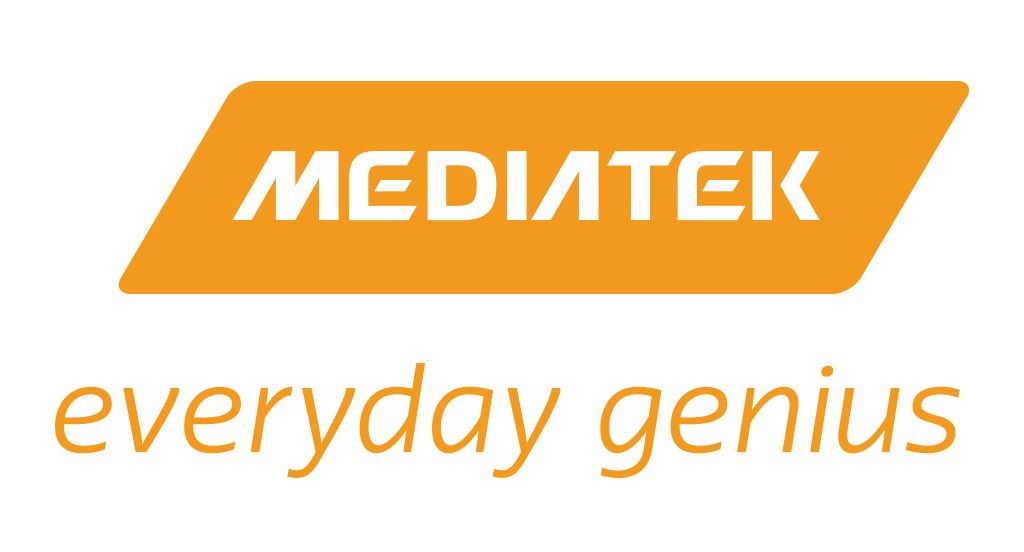When choosing a new smartphone, most consumers look at aspects like the price, design, cameras, and software features. Few users really care about what system-on-chip powers their new smartphone, but for the XDA community that's a really important consideration. HiSilicon, Samsung Electronics, Qualcomm, and MediaTek are the most successful silicon vendors for smartphone chipsets, though HiSilicon produces chipsets exclusively for Huawei and Honor devices while Samsung's Exynos chips are rarely found outside of Samsung Galaxy devices. On the other hand, Qualcomm Snapdragon and MediaTek chips are found in a range of devices, from the lowest-end Android Go device to the highest-end gaming phones. For XDA users interested in tinkering with their devices, it's a no-brainer to go with a device with a Snapdragon chip. The reason? Qualcomm is much more developer friendly than MediaTek, and it doesn't look like that's going to change anytime soon.
Most of our readers are probably aware of the Android Open Source Project (AOSP) from which all Android software builds are derived. Our readers are also aware of the fact that Android devices ship with a modified Linux kernel. Just like device makers (OEMs), chipset vendors have to make available upon request the kernel source code for any Linux kernel binaries they ship on their products. However, chipset vendors are not required to make available the source code for the other software that they develop such as HALs or framework branches. When developing a new smartphone, OEMs usually don't start with AOSP. Instead, they rely on silicon vendors to fork AOSP to be made compatible with their chipsets and then distribute all of this code to OEMs as part of a Board Support Package (BSP). OEMs have access to the code they need to boot a working Android build on their devices, which they then customize to suit their customers' needs. But independent custom AOSP ROM developers on our forums don't have that level of access, so they have to start from scratch by attempting to hack together pure AOSP with the precompiled binaries extracted from devices—with no documentation to help. Fortunately, Qualcomm, unlike MediaTek, makes developers' lives a little bit easier thanks to the CodeAurora Forums (CAF).
CAF is where Qualcomm uploads the kernel source code for their chipsets like the Snapdragon 845 as well as parts of their chipset specific code that makes it easier for developers to build for the platform without knowing how the underlying chipset features work. CAF is a service provided by Qualcomm for the community, one that developers appreciate because it makes AOSP ROM development a tad easier for them. The existence of CAF doesn't solve every problem for developers, though, because OEMs can still add non-standard hardware that isn't supported by the CAF release—in which case developers have to resort to dirty hacks. There's no CAF equivalent for MediaTek chipsets, unfortunately, which leads to a huge discrepancy in the custom ROM community as seen in the MediaTek versus Snapdragon Redmi Note 3 forums.
When asked about the possibility of releasing the source code for their products, TL Lee, general manager of MediaTek's mobile business unit, told AndroidAuthority that the company doesn't have a plan "in the near future" to release the source code for the public. “So far, we don’t have that kind of program. We just release our source code to our customers,” Lee told AndroidAuthority. MediaTek told AndroidAuthority that the company is still working to improve their GMS Express program, which helps speed up the certification process for new devices. While this gives OEMs more time to work on developing the software on their devices, it doesn't help the custom ROM community which some users rely on to provide software support well beyond what the device maker offers. If you plan on using custom ROMs to keep your device relatively up-to-date after the end-of-life of the device, then stick with Qualcomm Snapdragon devices for the foreseeable future.

